
FCM Test Report Cost for Food Storage Containers
Food storage containersare used to store and preserve food, commonly used in refrigerators, kitchens, or for carrying food on the go. They help extend food freshness and prevent odor transfer. Typical materials include plastic, glass, stainless steel, and silicone. When choosing a container, consider sealing performance, capacity, and whether it is suitable for heating or refrigeration.
Testing Fee for Food Storage Containers
1. Materials: PP and PE
2. Test Type: FCM (Food Contact Materials) Test Report
3. Test Standards: EU 1245/2020, EU 10/2011, EU 2023/1442
4. Cost: USD \$290
5. Lead Time: 7 working days
6. Sample Quantity RequiRED: 2 pieces
What is FCM Testing?
FCM (Food Contact Materials) testingassesses the safety of materials like plastic lunch boxes when in contact with food. It mainly examines whether harmfUL substances (e.g., heavy metals, plasticizers) migrate into food.
Test Items Include:
1. Overall Migration Test: Evaluates whether cheMICal substances released when in contact with food exceed safety limits.
2. Heavy Metal Test: Checks levels of lead, cadmium, and other heavy metals.
3. Formaldehyde Test: Measures if formaldehyde and similar substances exceed allowable levels.
4. Material Stability Test: Verifies chemical stability under conditions like high temperature or acidity.
Certification Requirements
1. EU Standards: Must comply with EC 1935/2004, and pass LFGBcertification.
2. US Standards: Must pass FDA certificationto ensure material safety for food contact.
Application Process
1. Material Classification & Pre-evaluation:
Disassemble container components (e.g., plastic body, sealing ring, printed ink) to determine whether certain parts are exempt from testing.
2. Select Laboratory:
Choose a testing body accredited with ISO 17025.
3. Sample Submission & Testing:
Provide unused finished containers and separate material samples. Indicate food types to be tested against (e.g., acidic, oily). Testing usually takes 5–10 working days.
4. Receive Test Report:
Report includes both Chinese and English results, limit value comparisons, and compliance conclusions. Laboratory accreditation number must be listed.
> Note: Standards vary by country/region.
>
> The EUrequires compliance labeling with “EC 1935/2004” and the fork and glass symbol.
> The USemphasizes FDA certification.
Email:hello@jjrlab.com
Write your message here and send it to us
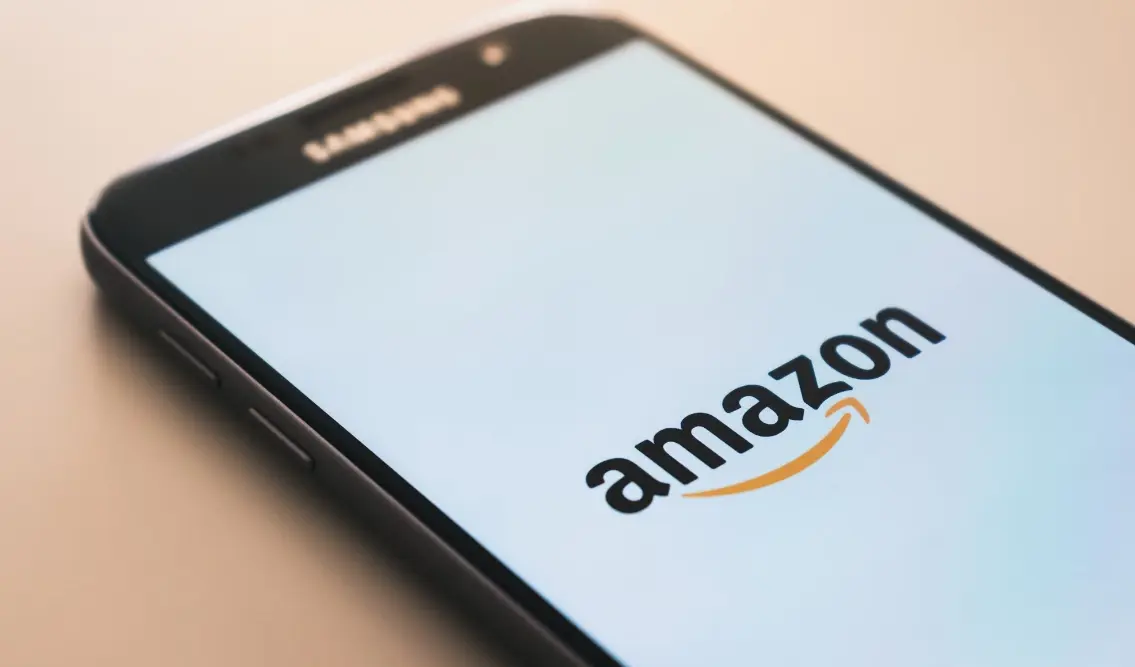 What are ASTM F963 and CPSIA?
What are ASTM F963 and CPSIA?
 Comparison of ASTM F963 and EN 71
Comparison of ASTM F963 and EN 71
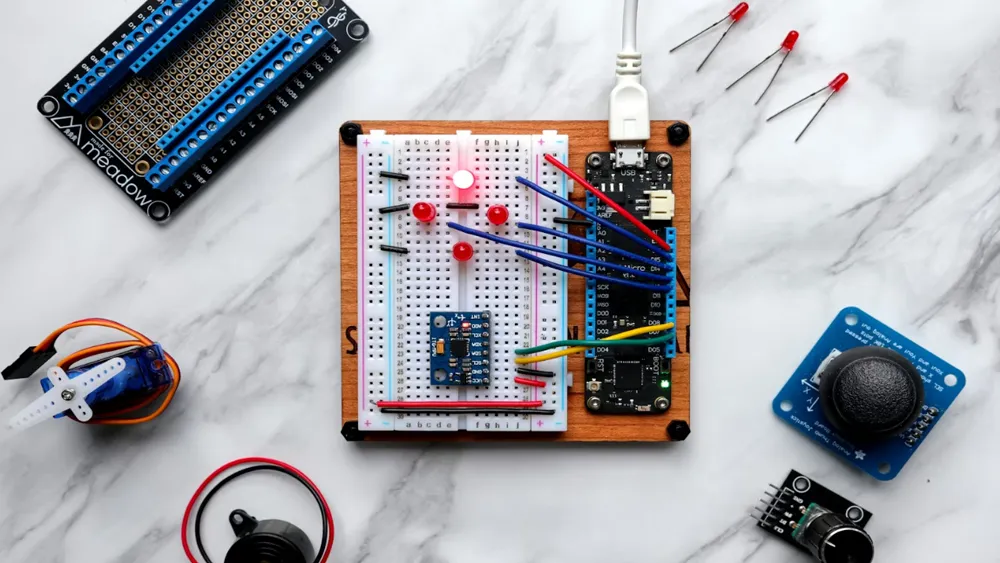 How to get CSA C22.2 NO.256:14 Test Report?
How to get CSA C22.2 NO.256:14 Test Report?
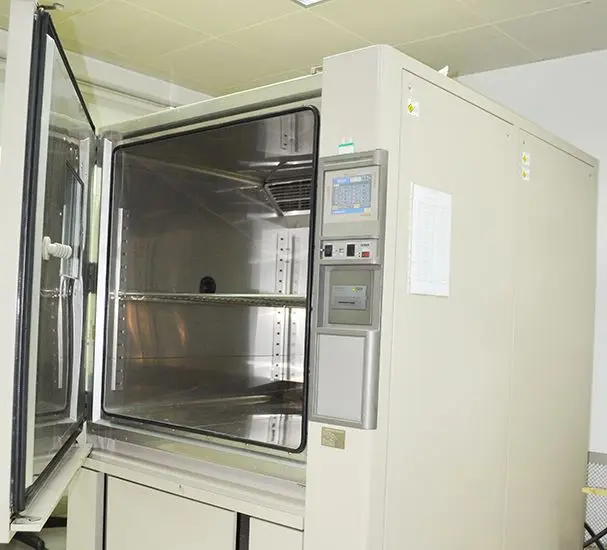 How much is the ISTA Amazon Packaging & Shippi
How much is the ISTA Amazon Packaging & Shippi
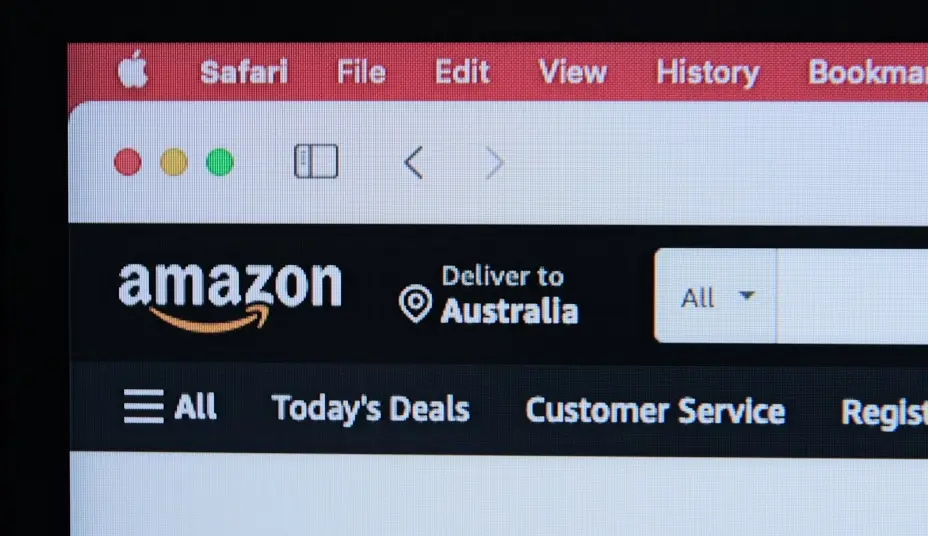 Amazon Product Laboratory Testing Requirements
Amazon Product Laboratory Testing Requirements
 How to Get EPA Certificatio
How to Get EPA Certificatio
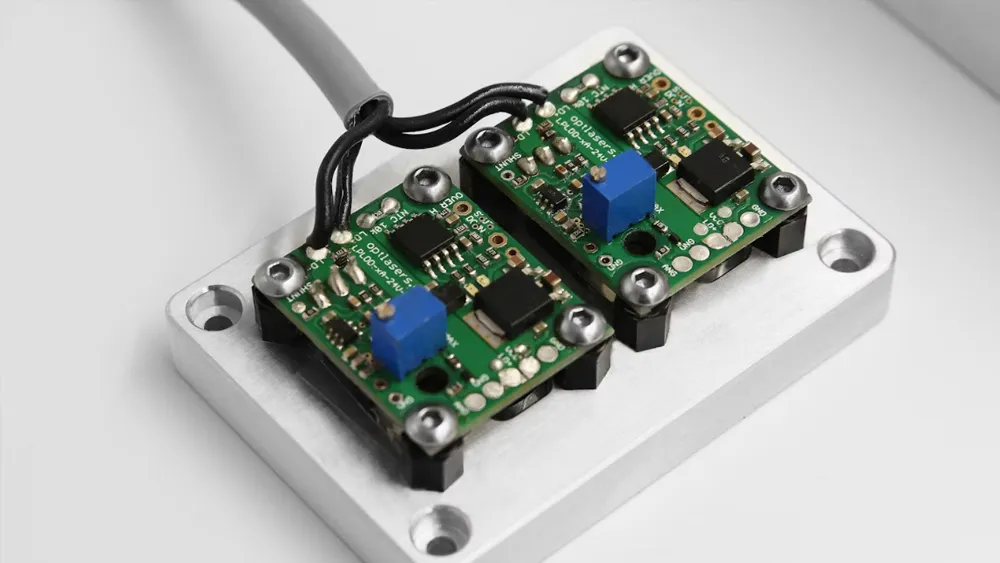 What is EPA Certification in the United States?
What is EPA Certification in the United States?
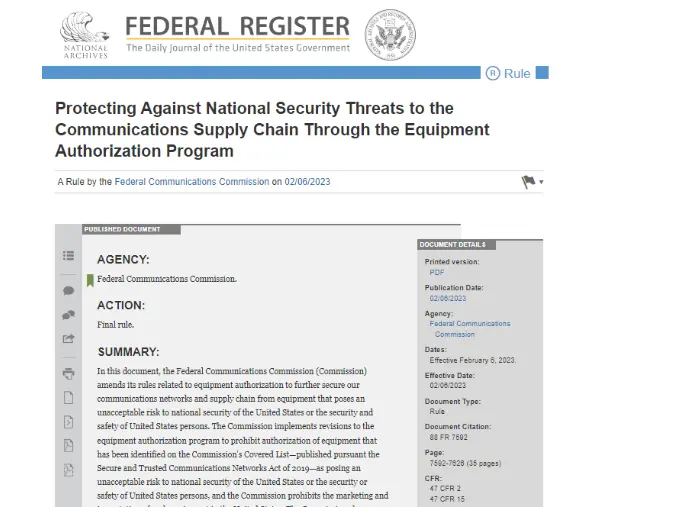 What is an FCC Registered Agent?
What is an FCC Registered Agent?
Leave us a message
24-hour online customer service at any time to respond, so that you worry!




